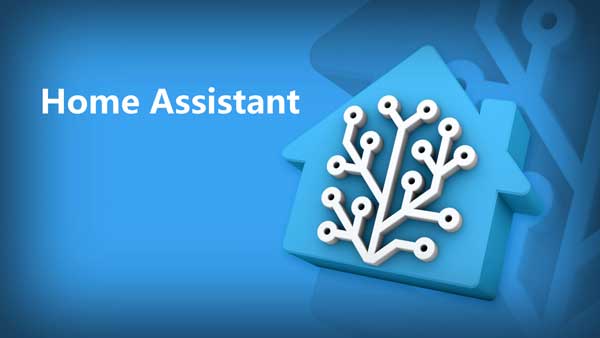What is Home Assistant?

Home Assistant is an open-source home automation platform designed to help users control and automate smart devices in their homes. Built with privacy and flexibility in mind, Home Assistant is highly customizable and can run on various hardware, including Raspberry Pi, servers, or cloud-based systems. It serves as a central hub for integrating and managing devices, ensuring they work seamlessly together.
Core Features of Home Assistant
- Wide Device Compatibility: Home Assistant supports thousands of smart devices from a broad range of manufacturers, including Philips Hue, Google Nest, Amazon Alexa, Sonos, and many more. It uses integrations to connect devices via protocols such as Zigbee, Z-Wave, MQTT, and Bluetooth.
- Local Control: Unlike many commercial automation platforms, Home Assistant emphasizes local control, meaning devices can operate without relying on external cloud services. This improves reliability, speed, and privacy.
- Automation Engine: Home Assistant’s powerful automation system allows users to create complex rules and routines. Automations can be triggered by events, conditions, time schedules, or even user-defined states.
- Custom Dashboards: Users can design personalized dashboards to monitor and control devices. The web-based interface, called Lovelace, is highly customizable and user-friendly.
- Energy Management: Home Assistant includes built-in tools for tracking and optimizing energy consumption. It provides insights into energy usage and helps users reduce costs and environmental impact.
- Voice Assistant Integration: Home Assistant integrates with voice assistants like Amazon Alexa and Google Assistant, enabling users to control devices using voice commands.
- Community Add-Ons: Through its active community, Home Assistant offers numerous add-ons that expand functionality, such as Node-RED for advanced automations, ESPHome for custom IoT devices, and more.
Common Use Cases for Home Assistant
- Centralized Control: Home Assistant acts as a single interface for managing all smart devices, eliminating the need for multiple apps.
- Smart Home Automation: Users can create automations for scenarios like turning off lights when leaving the house, adjusting the thermostat based on occupancy, or triggering security alerts.
- Home Security: Integrating security cameras, motion sensors, and alarms, Home Assistant can function as a robust home security system.
- Energy Efficiency: With real-time energy monitoring, Home Assistant helps users track power consumption and optimize usage.
- Accessibility Enhancements: For users with disabilities, Home Assistant can enable hands-free control and other accessibility features, enhancing independence.
Advantages of Home Assistant
- Privacy-Focused: Home Assistant prioritizes local processing, ensuring data stays within the user’s home unless explicitly shared.
- Open-Source: As an open-source platform, Home Assistant benefits from community contributions and continuous innovation.
- Flexibility: With its extensive customization options, users can tailor Home Assistant to suit their specific needs and devices.
- Cost-Effective: Unlike commercial platforms that may require subscriptions, Home Assistant is free to use, with optional paid services like cloud access.
- Active Community: A vibrant user and developer community provides support, guides, and an ever-growing library of integrations and add-ons.
Getting Started with Home Assistant
To begin using Home Assistant, users need compatible hardware such as a Raspberry Pi, an old PC, or a dedicated server. Installation options include the Home Assistant Operating System, which provides a complete setup, or running it within Docker for advanced users. Once installed, the system can be configured through the user-friendly interface, with guided setups for popular devices and services.
Conclusion
Home Assistant is a versatile and powerful platform that puts users in full control of their smart home. With its focus on privacy, customization, and wide-ranging compatibility, it’s an excellent choice for both beginners and advanced users seeking to create a seamless and efficient smart home experience.
